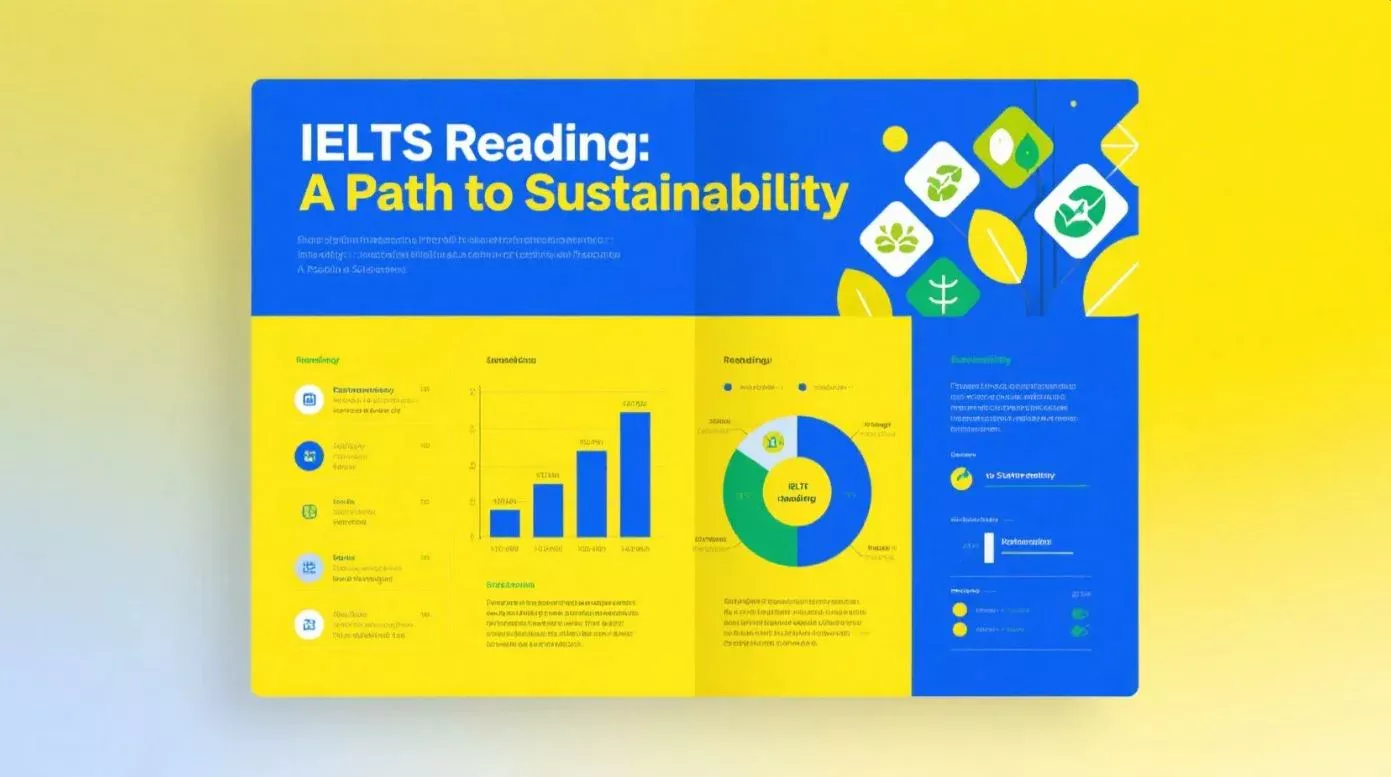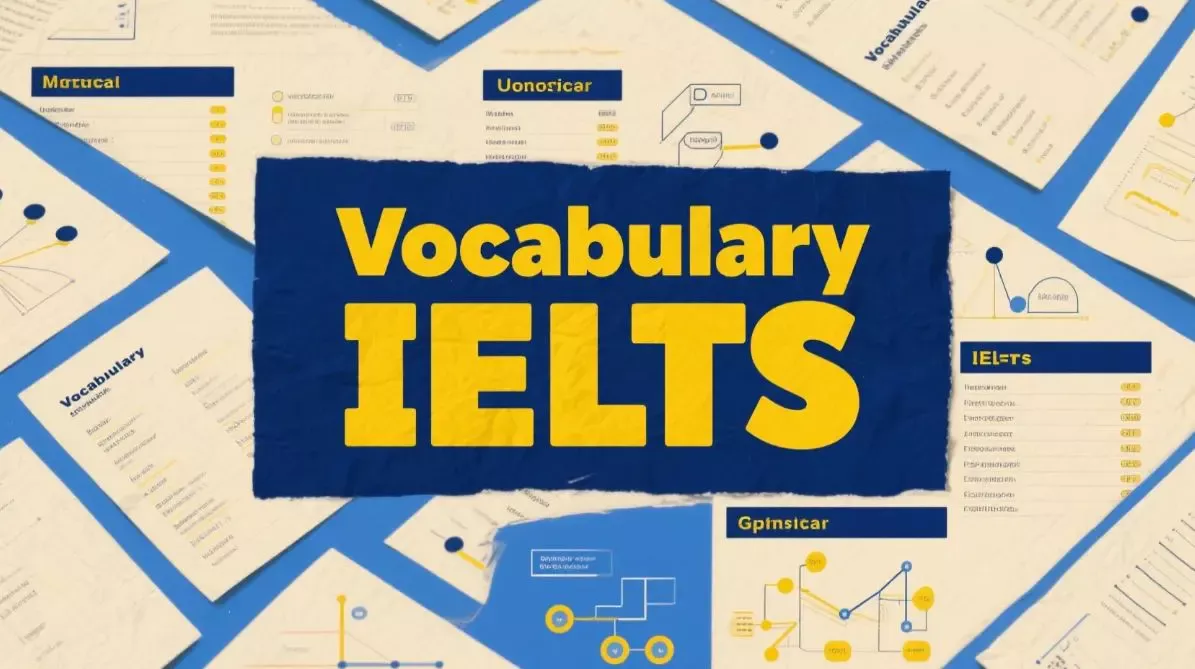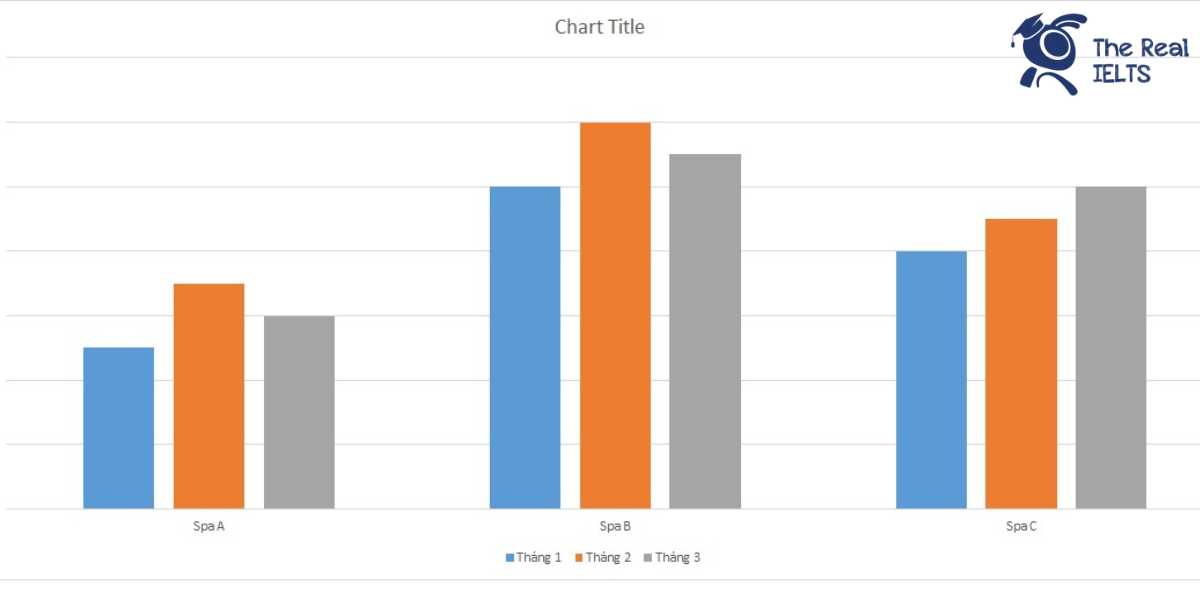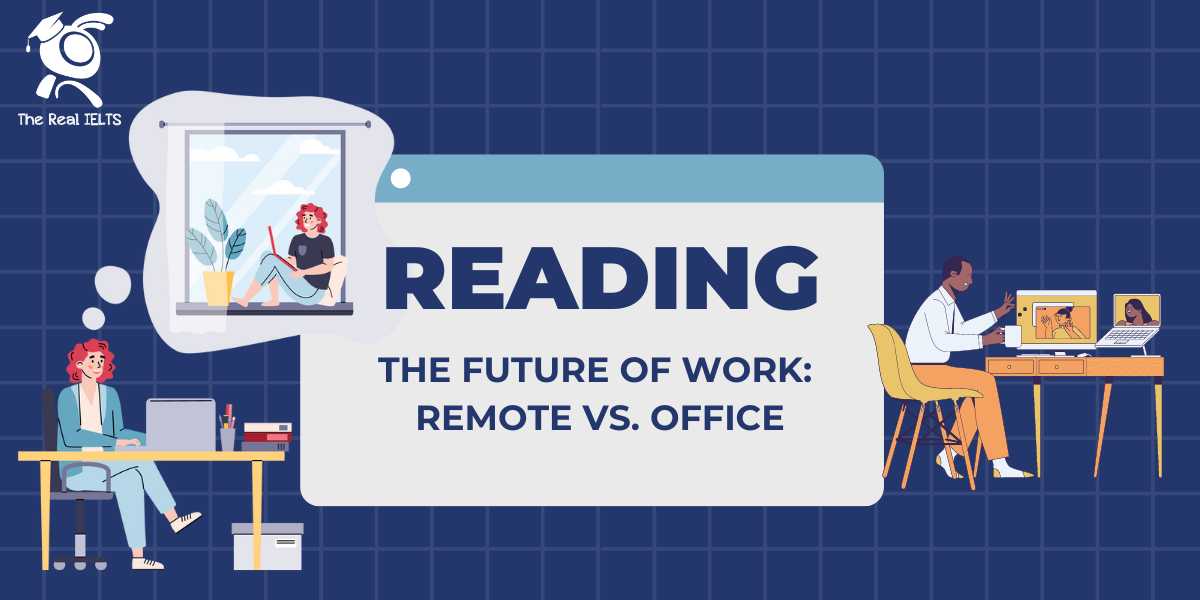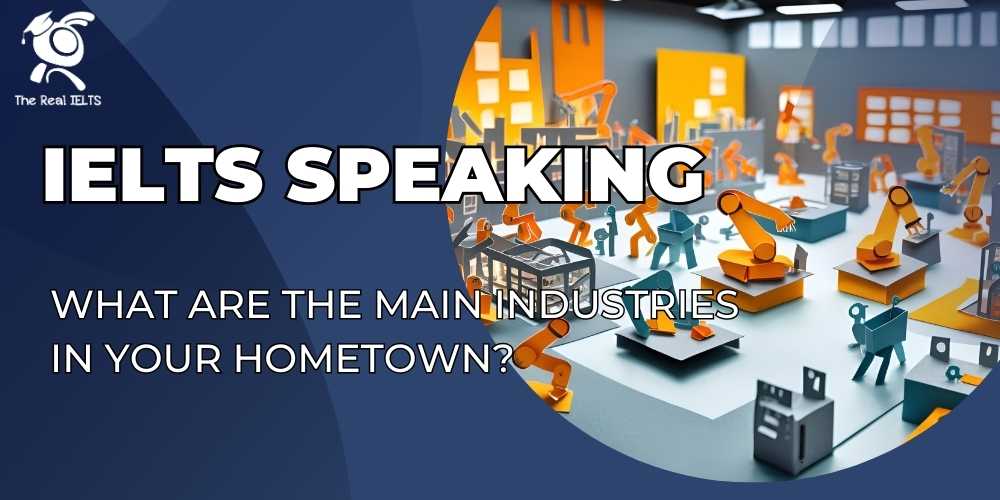Để đạt band điểm cao trong kỳ thi IELTS, kỹ năng đọc hiểu đóng vai trò then chốt, yêu cầu thí sinh xử lý nhanh các văn bản học thuật phức tạp. IELTS Reading thử thách khả năng nắm bắt ý chính, phân tích chi tiết và quản lý thời gian hiệu quả. Với các đoạn văn đa dạng về chủ đề và độ khó tăng dần, người học cần trang bị chiến lược đọc hiểu chuyên sâu để tự tin chinh phục mục tiêu điểm số.
Đọc thêm: IELTS Reading Practice Test: Climate Change.
Renewable Energy: A Path to Sustainability
Renewable energy sources, such as solar, wind, and hydropower, are increasingly vital in addressing global energy demands and environmental concerns. Unlike fossil fuels, which release significant carbon dioxide and pollutants, renewables offer cleaner alternatives that reduce greenhouse gas emissions. Solar power, for instance, harnesses sunlight through photovoltaic panels, converting it into electricity. Its popularity has surged due to declining costs and technological advancements, making it accessible even in remote areas.
Wind energy, another key player, uses turbines to generate electricity. Coastal and hilly regions, where winds are strong and consistent, are ideal for wind farms. However, challenges like high initial costs and land use conflicts can limit expansion. Hydropower, which relies on flowing water to produce energy, accounts for a significant portion of global renewable energy. Large-scale dams, such as those in China and Brazil, demonstrate its potential, but environmental impacts, including ecosystem disruption, are a concern.
Governments worldwide are promoting renewables through subsidies and policies. In 2022, renewable energy accounted for nearly 30% of global electricity production, a figure expected to grow. Innovations, such as floating wind farms and advanced solar panels, promise greater efficiency. Despite these advances, critics argue that renewables cannot yet fully replace fossil fuels due to inconsistent supply, like when the sun doesn’t shine or winds are calm. Nonetheless, with continued investment and research, renewable energy offers a promising path to a sustainable future.
Câu hỏi
Question 1 (Multiple Choice)
What is a primary benefit of renewable energy sources compared to fossil fuels?
A. They are cheaper to install.
B. They produce fewer greenhouse gas emissions.
C. They require less maintenance.
D. They are more reliable in all weather conditions.
Question 2 (Multiple Choice)
Why has solar power become more popular?
A. It requires no technological advancements.
B. Its costs have decreased significantly.
C. It is only used in urban areas.
D. It has no environmental impact.
Question 3 (True/False/Not Given)
Solar panels convert wind energy into electricity.
A. True
B. False
C. Not Given
Question 4 (True/False/Not Given)
Wind farms are most effective in areas with strong and consistent winds.
A. True
B. False
C. Not Given
Question 5 (Yes/No/Not Given)
Does the passage suggest that hydropower has no negative environmental effects?
A. Yes
B. No
C. Not Given
Question 6 (Yes/No/Not Given)
Are floating wind farms mentioned as an example of renewable energy innovation?
A. Yes
B. No
C. Not Given
Question 7 (Matching Information)
Which paragraph mentions the global share of renewable energy in electricity production?
A. Paragraph 1
B. Paragraph 2
C. Paragraph 3
D. Paragraph 4
Question 8 (Matching Information)
In which paragraph is the environmental impact of hydropower discussed?
A. Paragraph 1
B. Paragraph 2
C. Paragraph 3
D. Paragraph 4
Question 9 (Matching Headings)
Choose the correct heading for Paragraph 1:
A. Challenges of Renewable Energy
B. Introduction to Renewable Energy
C. Government Support for Renewables
D. Future Innovations in Energy
Question 10 (Matching Headings)
Choose the correct heading for Paragraph 3:
A. Advances in Renewable Technology
B. Global Trends and Support for Renewables
C. Limitations of Wind Energy
D. Environmental Concerns of Hydropower
Question 11 (Matching Sentence Endings)
Solar power has become more accessible because …
A. it relies on flowing water.
B. of declining costs and technological advancements.
C. it is only used in coastal areas.
D. it produces more emissions than fossil fuels.
Question 12 (Matching Sentence Endings)
Hydropower is significant globally but …
A. is limited by high installation costs.
B. can disrupt ecosystems.
C. is less efficient than solar power.
D. requires no government support.
Question 13 (Sentence Completion)
Renewable energy sources help reduce _______ gas emissions.
Question 14 (Sentence Completion)
Wind turbines are most effective in _______ regions with strong winds.
Question 15 (Summary Completion)
Complete the summary using words from the passage:
Renewable energy sources like solar, wind, and _______ are vital for addressing global energy needs and reducing environmental harm.
Question 16 (Summary Completion)
Governments are encouraging renewable energy through _______ and policies to increase its global share.
Question 17 (Diagram Label Completion)
Label the diagram of a wind turbine with the correct term from the passage:
The device that generates electricity from wind is called a _______.
Question 18 (Diagram Label Completion)
Label the diagram of a solar panel system:
The technology that converts sunlight into electricity is known as _______ panels.
Question 19 (Short Answer Questions)
What is one challenge mentioned for wind energy expansion?
Question 20 (Short Answer Questions)
What percentage of global electricity production did renewable energy account for in 2022?
Question 21 (Table Completion)
Complete the table below with information from the passage:
| Energy Source | Advantage | Disadvantage |
|---|---|---|
| Solar Power | Cleaner alternative | _____________ |
| Wind Energy | _____________ | High initial costs |
| Hydropower | Significant global share | _____________ |
Question 22 (Multiple Choice)
What is a limitation of renewable energy mentioned in the passage?
A. It is always more expensive than fossil fuels.
B. It cannot generate electricity at night.
C. It has inconsistent supply in certain conditions.
D. It requires no technological improvements.
Question 23 (True/False/Not Given)
Renewable energy completely replaced fossil fuels by 2022.
A. True
B. False
C. Not Given
Question 24 (Yes/No/Not Given)
Does the passage indicate that renewable energy is expected to grow in the future?
A. Yes
B. No
C. Not Given
Question 25 (Matching Information)
Which paragraph discusses the role of photovoltaic panels?
A. Paragraph 1
B. Paragraph 2
C. Paragraph 3
D. Paragraph 4
Question 26 (Matching Headings)
Choose the correct heading for Paragraph 2:
A. Benefits of Solar Power
B. Challenges and Opportunities of Wind and Hydropower
C. Government Policies for Energy
D. Future of Renewable Energy
Question 27 (Sentence Completion)
Large-scale dams are used in countries like _______ to produce hydropower.
Question 28 (Summary Completion)
Wind energy is generated using _______ that convert wind movement into electricity.
Question 29 (Short Answer Questions)
What is one example of a renewable energy innovation mentioned in the passage?
Question 30 (Diagram Label Completion)
Label the diagram of a hydropower system:
The structure that harnesses flowing water for energy is called a _______.
Question 31 (Multiple Choice)
What is one way governments are supporting renewable energy?
A. By increasing fossil fuel production
B. Through subsidies and policies
C. By limiting technological advancements
D. By reducing electricity production
Question 32 (True/False/Not Given)
Floating wind farms are more expensive than traditional wind farms.
A. True
B. False
C. Not Given
Question 33 (Yes/No/Not Given)
Does the passage suggest that renewables are a complete solution to global energy needs?
A. Yes
B. No
C. Not Given
Question 34 (Matching Sentence Endings)
Critics argue that renewables cannot fully replace fossil fuels because …
A. they are too expensive to maintain.
B. of inconsistent supply in certain conditions.
C. they require no government support.
D. they have no environmental benefits.
Question 35 (Sentence Completion)
Advanced _______ panels are an example of renewable energy innovation.
Question 36 (Summary Completion)
Complete the summary:
The passage highlights that renewable energy is a _______ alternative to fossil fuels, though it faces challenges like inconsistent supply.
Question 37 (Short Answer Questions)
Name one country mentioned in the passage that uses large-scale dams for hydropower.
Question 38 (Table Completion)
Complete the table below with information from the passage:
| Energy Source | Example Location | Challenge |
|---|---|---|
| Wind Energy | Coastal regions | _________ |
| Hydropower | _________ | Ecosystem disruption |
Question 39 (Multiple Choice)
What is a key feature of hydropower mentioned in the passage?
A. It is the least expensive renewable energy source.
B. It accounts for a significant portion of global renewable energy.
C. It has no environmental impact.
D. It is only used in small-scale projects.
Question 40 (True/False/Not Given)
Solar power is only effective in sunny climates.
A. True
B. False
C. Not Given
Đáp án và Giải thích
Question 1
Correct Option: B
Explanation: Bài đọc nêu rõ rằng năng lượng tái tạo giảm phát thải khí nhà kính so với nhiên liệu hóa thạch: “Unlike fossil fuels, which release significant carbon dioxide and pollutants, renewables offer cleaner alternatives that reduce greenhouse gas emissions.” Lựa chọn B đúng vì nó đề cập đến lợi ích chính này. Các lựa chọn khác không được đề cập hoặc không chính xác.
Question 2
Correct Option: B
Explanation: Bài đọc giải thích rằng năng lượng mặt trời phổ biến hơn do “declining costs and technological advancements.” Lựa chọn B phản ánh đúng lý do này. Các lựa chọn khác không đúng vì chúng không được đề cập hoặc mâu thuẫn với thông tin trong bài.
Question 3
Correct Option: B
Explanation: Bài đọc nêu rằng năng lượng mặt trời sử dụng tấm pin quang điện để chuyển đổi ánh sáng mặt trời thành điện, không phải năng lượng gió: “Solar power… harnesses sunlight through photovoltaic panels.” Do đó, câu này sai.
Question 4
Correct Option: A
Explanation: Bài đọc đề cập rằng các trang trại gió hiệu quả nhất ở “coastal and hilly regions, where winds are strong and consistent.” Câu này đúng vì thông tin khớp với bài đọc.
Question 5
Correct Option: B
Explanation: Bài đọc chỉ ra rằng thủy điện có tác động tiêu cực đến môi trường, như “ecosystem disruption.” Do đó, câu hỏi này trả lời là “No” vì bài đọc không cho rằng thủy điện không có tác động tiêu cực.
Question 6
Correct Option: A
Explanation: Bài đọc đề cập đến “floating wind farms” như một ví dụ về đổi mới trong năng lượng tái tạo: “Innovations, such as floating wind farms…” Do đó, câu trả lời là “Yes.”
Question 7
Correct Option: C
Explanation: Đoạn 3 nêu rằng “In 2022, renewable energy accounted for nearly 30% of global electricity production.” Thông tin này nằm ở đoạn 3, nên đáp án đúng là C.
Question 8
Correct Option: C
Explanation: Tác động môi trường của thủy điện được thảo luận ở đoạn 3: “environmental impacts, including ecosystem disruption, are a concern.” Do đó, đáp án đúng là C.
Question 9
Correct Option: B
Explanation: Đoạn 1 giới thiệu về năng lượng tái tạo, so sánh với nhiên liệu hóa thạch và liệt kê các nguồn như năng lượng mặt trời, gió, và thủy điện. Tiêu đề “Introduction to Renewable Energy” phù hợp nhất.
Question 10
Correct Option: B
Explanation: Đoạn 3 thảo luận về xu hướng toàn cầu, hỗ trợ của chính phủ, và tỷ lệ năng lượng tái tạo trong sản xuất điện. Tiêu đề “Global Trends and Support for Renewables” là phù hợp nhất.
Question 11
Correct Option: B
Explanation: Bài đọc nêu rằng năng lượng mặt trời dễ tiếp cận hơn do “declining costs and technological advancements.” Lựa chọn B khớp với thông tin này.
Question 12
Correct Option: B
Explanation: Bài đọc đề cập rằng thủy điện có tầm quan trọng toàn cầu nhưng “environmental impacts, including ecosystem disruption, are a concern.” Lựa chọn B đúng vì nó đề cập đến nhược điểm này.
Question 13
Correct Answer: greenhouse
Explanation: Bài đọc nêu rằng năng lượng tái tạo giảm “greenhouse gas emissions.” Từ “greenhouse” phù hợp để điền vào chỗ trống.
Question 14
Correct Answer: coastal
Explanation: Bài đọc đề cập rằng tuabin gió hiệu quả nhất ở “coastal and hilly regions.” Từ “coastal” là phù hợp để điền vào.
Question 15
Correct Answer: hydropower
Explanation: Bài đọc liệt kê năng lượng mặt trời, gió, và thủy điện (hydropower) như các nguồn năng lượng tái tạo quan trọng. Từ “hydropower” phù hợp với tóm tắt.
Question 16
Correct Answer: subsidies
Explanation: Bài đọc nêu rằng chính phủ thúc đẩy năng lượng tái tạo thông qua “subsidies and policies.” Từ “subsidies” phù hợp để điền vào chỗ trống.
Question 17
Correct Answer: turbine
Explanation: Bài đọc giải thích rằng năng lượng gió sử dụng “turbines” để tạo ra điện. Từ “turbine” là đúng để gắn nhãn cho sơ đồ.
Question 18
Correct Answer: photovoltaic
Explanation: Bài đọc nêu rằng năng lượng mặt trời sử dụng “photovoltaic panels” để chuyển đổi ánh sáng thành điện. Từ “photovoltaic” là đúng.
Question 19
Correct Answer: High initial costs
Explanation: Bài đọc đề cập rằng một thách thức của năng lượng gió là “high initial costs.” Đáp án này khớp với thông tin trong bài.
Question 20
Correct Answer: Nearly 30%
Explanation: Bài đọc nêu rằng “In 2022, renewable energy accounted for nearly 30% of global electricity production.” Đáp án này chính xác.
Question 21
Correct Answers:
- Solar Power Disadvantage: Inconsistent supply
- Wind Energy Advantage: Cleaner alternative
- Hydropower Disadvantage: Ecosystem disruption
Explanation: - Bài đọc ngụ ý rằng năng lượng mặt trời có nhược điểm là nguồn cung không ổn định (“inconsistent supply”).
- Năng lượng gió được mô tả là “cleaner alternatives,” nên “Cleaner alternative” là lợi thế.
- Thủy điện có nhược điểm là “ecosystem disruption,” như đã nêu trong bài.
Question 22
Correct Option: C
Explanation: Bài đọc nêu rằng năng lượng tái tạo có hạn chế là “inconsistent supply, like when the sun doesn’t shine or winds are calm.” Lựa chọn C đúng vì nó đề cập đến hạn chế này.
Question 23
Correct Option: B
Explanation: Bài đọc không nói rằng năng lượng tái tạo đã hoàn toàn thay thế nhiên liệu hóa thạch, mà chỉ chiếm gần 30% sản lượng điện toàn cầu vào năm 2022. Do đó, câu này sai.
Question 24
Correct Option: A
Explanation: Bài đọc nêu rằng tỷ lệ năng lượng tái tạo “expected to grow” trong tương lai. Câu trả lời là “Yes” vì thông tin này được đề cập rõ ràng.
Question 25
Correct Option: A
Explanation: Vai trò của tấm pin quang điện (photovoltaic panels) được thảo luận ở đoạn 1: “Solar power… harnesses sunlight through photovoltaic panels.” Đáp án đúng là A.
Question 26
Correct Option: B
Explanation: Đoạn 2 thảo luận về năng lượng gió và thủy điện, bao gồm cả cơ hội và thách thức của chúng, như chi phí ban đầu cao và tác động môi trường. Tiêu đề “Challenges and Opportunities of Wind and Hydropower” phù hợp nhất.
Question 27
Correct Answer: China
Explanation: Bài đọc đề cập rằng các đập lớn ở “China and Brazil” thể hiện tiềm năng của thủy điện. “China” là một đáp án đúng.
Question 28
Correct Answer: turbines
Explanation: Bài đọc nêu rằng năng lượng gió được tạo ra bằng “turbines” chuyển đổi chuyển động gió thành điện. Từ “turbines” phù hợp.
Question 29
Correct Answer: Floating wind farms
Explanation: Bài đọc đề cập đến “floating wind farms” như một ví dụ về đổi mới trong năng lượng tái tạo. Đáp án này chính xác.
Question 30
Correct Answer: dam
Explanation: Bài đọc giải thích rằng thủy điện sử dụng “dams” để khai thác nước chảy tạo năng lượng. Từ “dam” là đúng.
Question 31
Correct Option: B
Explanation: Bài đọc nêu rằng chính phủ hỗ trợ năng lượng tái tạo thông qua “subsidies and policies.” Lựa chọn B đúng vì nó khớp với thông tin này.
Question 32
Correct Option: C
Explanation: Bài đọc không đề cập đến chi phí của trang trại gió nổi so với trang trại gió truyền thống. Do đó, thông tin này là “Not Given.”
Question 33
Correct Option: B
Explanation: Bài đọc nêu rằng các nhà phê bình cho rằng năng lượng tái tạo chưa thể thay thế hoàn toàn nhiên liệu hóa thạch do “inconsistent supply.” Điều này ngụ ý rằng năng lượng tái tạo không phải là giải pháp hoàn chỉnh, nên đáp án là “No.”
Question 34
Correct Option: B
Explanation: Bài đọc nêu rằng các nhà phê bình cho rằng năng lượng tái tạo không thể thay thế hoàn toàn nhiên liệu hóa thạch vì “inconsistent supply, like when the sun doesn’t shine or winds are calm.” Lựa chọn B đúng.
Question 35
Correct Answer: solar
Explanation: Bài đọc đề cập đến “advanced solar panels” như một ví dụ về đổi mới. Từ “solar” phù hợp để điền vào chỗ trống.
Question 36
Correct Answer: cleaner
Explanation: Bài đọc mô tả năng lượng tái tạo như “cleaner alternatives” so với nhiên liệu hóa thạch, dù có thách thức như nguồn cung không ổn định. Từ “cleaner” phù hợp.
Question 37
Correct Answer: Brazil
Explanation: Bài đọc đề cập đến các đập lớn ở “China and Brazil.” “Brazil” là một đáp án đúng.
Question 38
Correct Answers:
- Wind Energy Challenge: High initial costs
- Hydropower Example Location: China
Explanation: - Bài đọc nêu rằng năng lượng gió gặp thách thức là “high initial costs.”
- Thủy điện được đề cập với ví dụ về các đập lớn ở “China.”
Question 39
Correct Option: B
Explanation: Bài đọc nêu rằng thủy điện “accounts for a significant portion of global renewable energy.” Lựa chọn B đúng vì nó phản ánh đặc điểm này.
Question 40
Correct Option: C
Explanation: Bài đọc không đề cập rằng năng lượng mặt trời chỉ hiệu quả ở vùng khí hậu nhiều nắng, mà nói nó dễ tiếp cận hơn, kể cả ở vùng xa. Thông tin này là “Not Given.”


